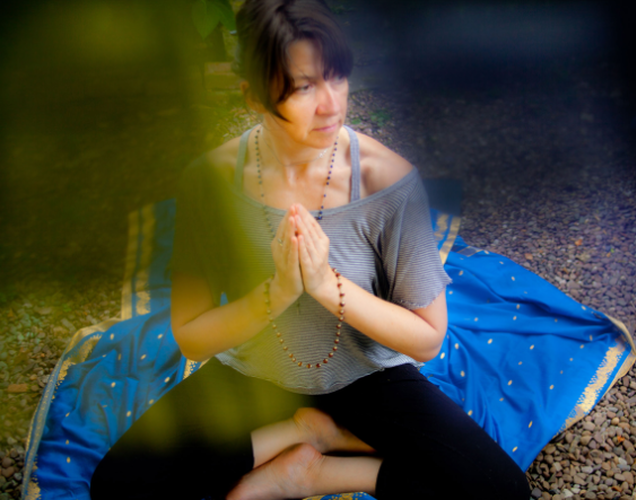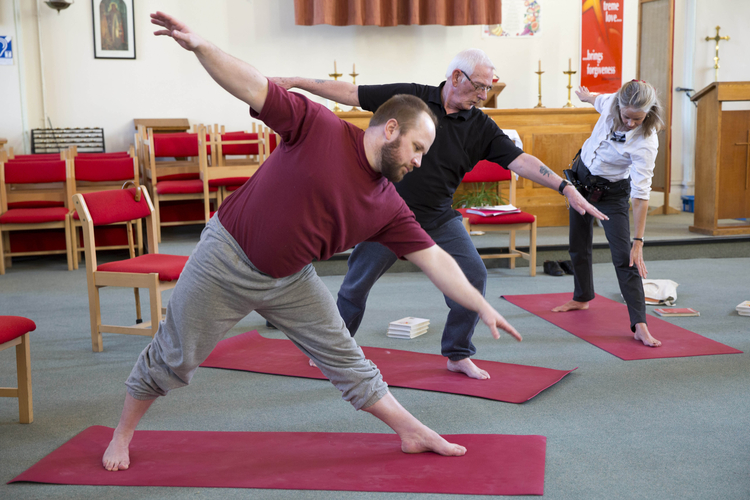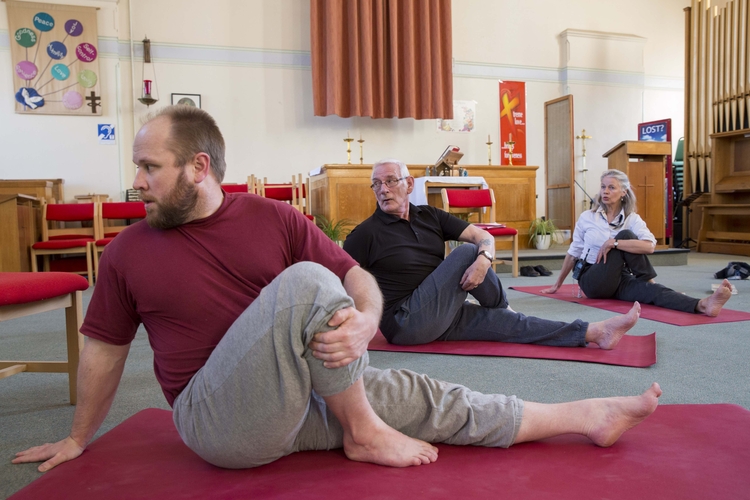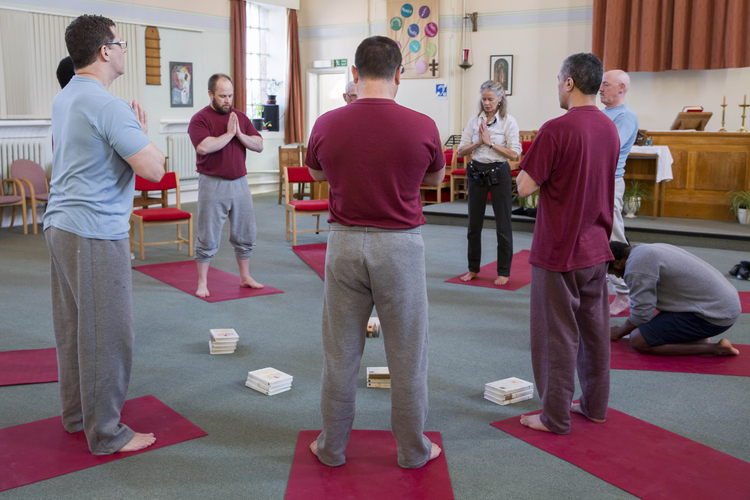Yoga helps offenders reflect, says teacher Jane Craggs
When it comes to wellness, the benefits of yoga are well-cited. Relaxation, increased strength, mindfulness... the list goes on. And whilst many fitness fanatics will divulge the benefits on their body, yoga’s true goal is aiding mental health. From subduing the pangs of addiction to kicking anxiety, the calming practice is credited with tackling social issues. So much so, that studies show that yoga could be the missing piece in breaking the cycle of crime.
For Jane Craggs, a Manchester-based yoga teacher, there’s an obvious link. Which is why Craggs teaches yoga classes at HM Prison Forest Bank, a category B men’s prison in Pendlebury.
“Physically the practices help the men to find comfort and release from long held tension in their body,” explains Craggs. “And also, it helps to balance out the hardness that is created through hours of gym work and building their protective ‘outer shell’.”
“I think that having a safe and neutral space where they can be peaceful and reflective is so important. And also, [a place] where they feel supported and uplifted for a change.”
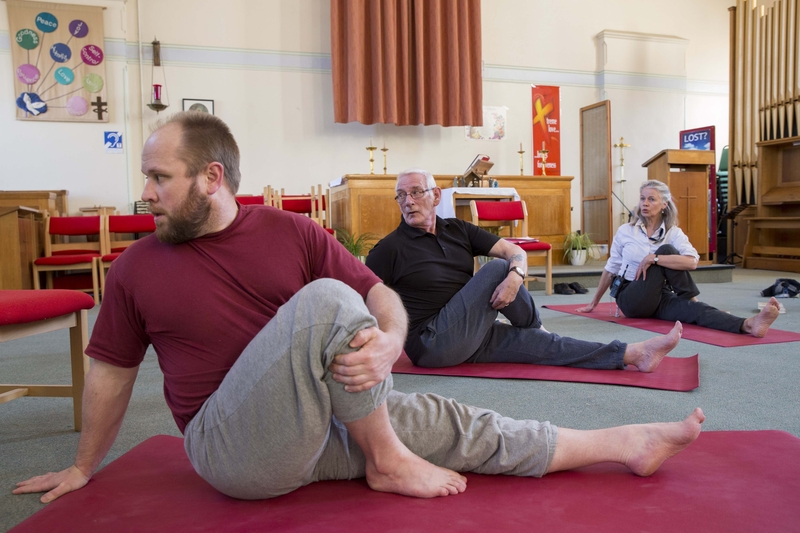
Craggs teaches on behalf of the Prison Phoenix Trust (PPT), a charity that runs weekly yoga and meditation classes in 84 secure institutions across the UK. Currently around 2,000 prisoners a month benefit from the service – a fraction of the 80,000+ prison population.
“I offer yoga classes to the prison population as it has always been my mission to try and make the practice available to populations who perhaps wouldn't normally have access to yoga, or feel comfortable walking into a studio. Everyone deserves to have an opportunity to find inner peace.”
Engaging communities that may not have access to yoga has long been at the heart of Craggs’ practice. The yoga teacher previously had her own studios in the Northern Quarter, where she worked with charities. Homeless people who slept outside the building were also welcomed into classes.
Everyone deserves to have an opportunity to find inner peace
Craggs, who teaches at the prison chaplaincy, believes that yoga can offer prisoners much needed respite from the pressures of prison life.
“For many of the men I teach, they originally come simply to get out of their pad for an hour and a half and be in a quiet environment,” Craggs explains. “Some of them don’t really know what the class is going to be. But once they have had an experience of the deep relaxation, allowing themselves the opportunity to move away from the "fight/flight/freeze" response of the nervous system, it quickly becomes a positive addiction.”
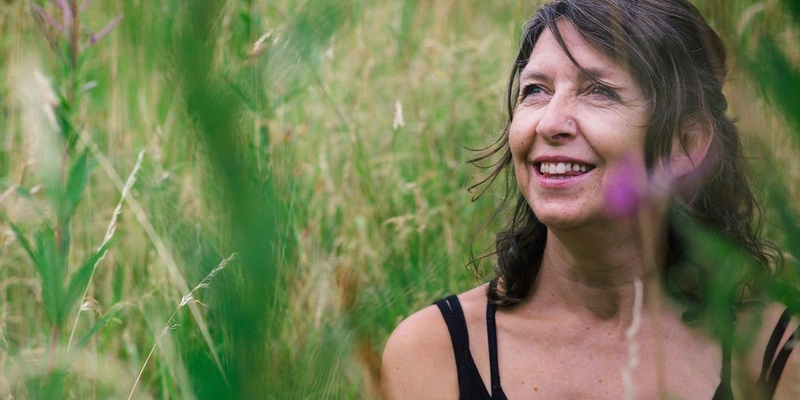
“During the course of a class and over a period of regular attendance I have seen inmates visibly change posture from a defensive, puffed up swagger, to a more relaxed, confident stance. Some are more able to keep normal eye contact and communicate how they are feeling after the class. Others will visibly start to settle, having arrived in a state of hyper vigilance and anxiety. I had one very young man tell me after his first class that he thought it was the first time he had ever truly relaxed.
What you see overall is more of a willingness to inwardly reflect, an increase in self-esteem and self-confidence, the gradual development of greater stress resilience.”
Yoga offers prisoners a place where they can feel supported and uplifted for a change.
Studies by Oxford University show that participating in a ten week course of yoga improves behavioural control and decreases psychological distress in the prison population (source here). However, whilst participants from Craggs’ classes credit the practice with reduced levels of aggression, stress and impulsiveness, the practice alone cannot break the cycle of crime.
“I think it would be fanciful to imagine that yoga practice alone could do this. The current system is fatally flawed and this is something that needs to be addressed at a grass roots level.
“However, when therapeutic, mindful yoga is used alongside a variety of appropriate interventions, I think it can be a very powerful tool. Many people have no idea that the practice of yoga is essentially for the mind. Its primary goal is to help us achieve a feeling of peace and fulfilment through the introduction of beneficial mental behaviour to weaken the unhelpful, disturbing patterns that often enslave us.”
“The use of conscious breathing techniques, coupled with slow, controlled movements, internal repetition of uplifting and realistic affirmations and time in silent meditation all help to bring a feeling of hopefulness and clarity.
“It is also essential in this [prison] setting that we are aware that for some of the men, sitting still and in silence could be frustrating and triggering. So, building gradually and meeting each person exactly where they are right now is key.”
“I certainly believe that we should be concentrating funding on trying to rehabilitate and support offenders in trying to find meaning and purpose in their lives.”



